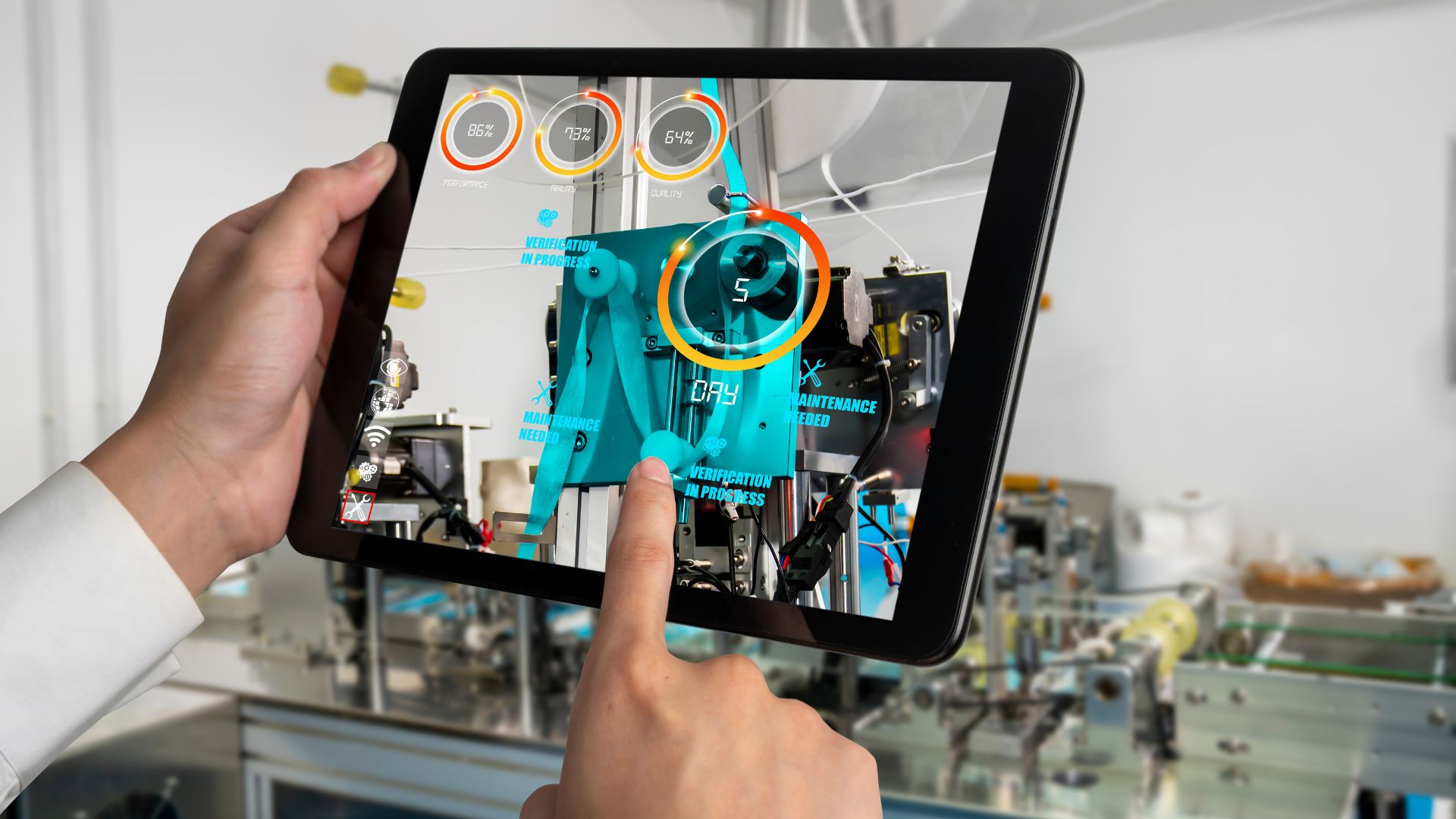In a world where technology continually evolves, businesses are always searching for innovative ways to enhance their services. One such innovation that’s making waves is Augmented Reality (AR), particularly in the field service industry.
So, buckle up as we journey into the realm of AR, where reality meets and mingles with the digital world.
Augmented Reality Field Service
Venturing further into the digital fusion of reality, it’s vital to delve into the basics and explore how transformation is taking place in Augmented Reality field service.
The Basics of Augmented Reality
Augmented Reality refers to an enhanced version of the real physical world achieved through the use of digital visual elements, sound, or other sensory stimuli delivered via technology. Unlike Virtual Reality (VR) that entirely replaces the user’s real-world environment with a simulated one, AR simply overlays new information on top of the existing environment. Examples are numerous, from mobile games like Pokemon Go to applications in military training exercises, let alone the potential of AR in sectors like healthcare, education, and of course, field service management.
How Augmented Reality Is Changing Field Services
In the realm of field services, the incorporation of AR has paved the way for efficient and seamless operations. Allowing field service technicians to gain a complete overlay of operation-specific data, AR has the potential to reshape the industry.
Firstly, AR can streamline diagnostics. For instance, using a smartphone or AR glasses, a technician can scan an equipment and immediately receive relevant information, such as identification of a component, key operational data, and troubleshooting information.
Secondly, AR provides real-time remote assistance. A field service engineer, who lacks experience in a certain task, can receive guidance via AR from more experienced colleagues or specialists in real-time.
Finally, AR has the potential to transform training in the field service industry. Immersive AR training can simulate different scenarios and problems that technicians might face in the real world, equipping them for future challenges.
The use of AR in field service operations has the potential to revolutionize the industry, not just enhancing operational efficiency, but also ensuring higher customer satisfaction levels. It redefines the traditional servicing model, leveraging innovation to stay at the cutting edge of technology.
Benefits of Augmented Reality in Service Operations
Benefitting from AR in the field service sector isn’t a thing of the future. Businesses today derive much advantage from it. Let’s delve into the specific benefits.
Enhanced Efficiency and Productivity
Augmented reality field service proves a boon for service operations. It fosters efficiency and boosts productivity. Technicians, for instance, use AR to visualize complex service scenarios vividly. 3D asset models, instructions, or data on their AR device take them through troubleshooting steps, reducing time spent on site.
Improved Accuracy and Problem-Solving
AR technology improves accuracy, a critical factor in service operations. Using AR goggles, field engineers superimpose digital instructions onto the physical equipment. Steps become clear, guiding them precisely through challenging processes which minimize errors.
Cost Savings and ROI
Another crucial benefit lies in cost savings. By leveraging AR, businesses reduce travel expenses considerably. How? Remote assistance via AR technology mitigates the need for expert visits on-site. A significant reduction! Plus, efficient and accurate resolutions reduce equipment downtime leading to a substantial rise in ROI. It’s not a stretch to say that AR introduces an improved cost-benefit ratio in the dynamic landscape of service operations.
Must Know
The impact of augmented reality field service can’t be overstated. It’s clear that this technology has the potential to transform operations, enhancing efficiency and accuracy while boosting customer satisfaction. Yet, it’s not without its challenges. From technical limitations to security risks, there’s a lot to consider before jumping on the AR bandwagon. But with robust training programs and strong data security measures, these hurdles can be overcome. Looking forward, the integration of AR with other digital innovations like 5G, IoT, and Big Data analytics could further revolutionize field service operations.
